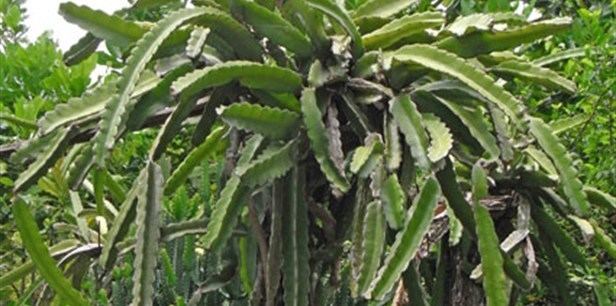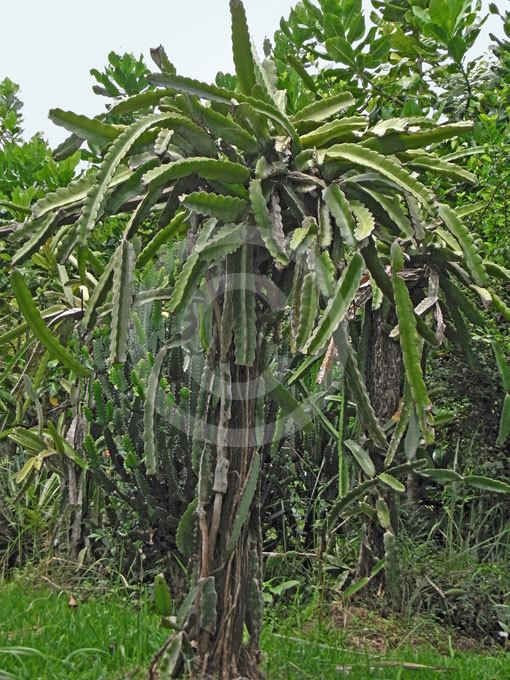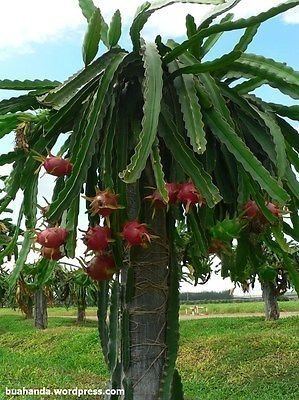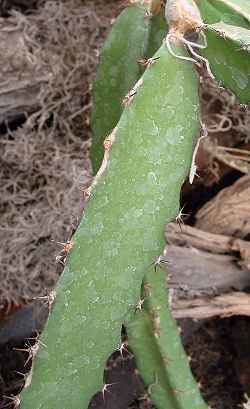Kingdom Plantae Family Cactaceae Scientific name Hylocereus costaricensis Rank Species | Order Caryophyllales Genus Hylocereus Higher classification Hylocereus | |
 | ||
Similar Hylocereus, Hylocereus megalanthus, Hylocereus undatus, Cactus, Moonlight cactus | ||
Hylocereus costaricensis, the Costa Rican pitahaya or Costa Rica nightblooming cactus, is a cactus species native to Costa Rica and Nicaragua. The species is grown commercially for its pitahaya fruit, but is also an impressive ornamental vine with huge flowers. Most plants grown under the name Hylocereus polyrhizus refer to this species. The latter name is ambiguous and not used.
Contents

Etymology
Named after Costa Rica where it was first discovered.
Origin and habitat

The species is native to Costa Rica and Nicaragua, although its natural range is hard to determine because it has been cultivated so widely. It occurs in dry or deciduous coastal forests, at elevations of 0–1,400 m (0–4,593 ft) above sea level.
Systematics
Hylocereus costaricensis is closely related to Hylocereus ocamponis, but lacks the horny stems margins of the latter species.
Description

Cultivation

An easily cultivated, fast growing epiphyte or xerophyte. Needs a compost containing plenty of humus and sufficient moisture in summer. It should not be kept under 10 °C (50 °F) in winter. Can be grown in semi-shade or full sun. Extra light in the early spring will stimulate budding. Flowers in summer or autumn.
Nutrition
This fruit is one of the few to have indicaxanthin, a betalain, a type of plant pigment antioxidant.


